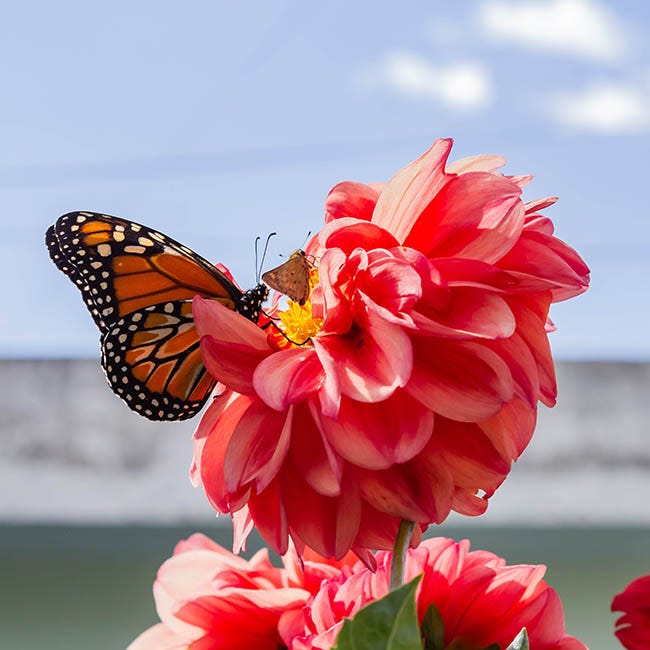The Sensory Garden: Smell, Touch, Look and Listen

By Amanda
Sensory Gardens are created to help relax, stimulate, and teach. They are planted for all populations – those with disabilities, children, patients in a hospital, and the general public.
The idea behind the Sensory Garden is to combine elements that will stimulate all of the senses – fragrant plants, textured plants, vivid colors, and the element of sound. Combined, when one walks through the garden, they can experience the joy and relaxation from the plants with every aspect of the brain.
Although Sensory Gardens are often planted for public enjoyment, try planting one this spring in your own garden for your loved ones, friends, and yourself to enjoy.
How To Choose Plants For a Sensory Garden
The Element of Fragrance
Fragrant plants are essential to the Sensory Garden; their sweet-smelling blooms bring the initial rush of sensation to the experience.
Try planting in your Sensory Garden to enliven the sense of smell:
Plants to Touch
A Sensory Garden needs textured, interesting plants that will give the hands something to feel and examine. Make sure to use durable plants that can withstand curious hands!
Try planting flowers with soft petals or leaves, spiky greenery, or feathery flowers – with no thorns!
A few examples of plants that will fascinate the fingers are:
Vivid Colors
Stimulation to the eyes is a key aspect to a Sensory Garden. Try choosing plants with bright, interesting colors. Try a color combination that you wouldn’t normally plant in your garden!
Here are some suggestions for bright blooms for your Sensory Garden:
- Tahiti Sunrise Dahlia
- Scarlet Tuberous Begonia
- Anemone Mix
- White Queen Caladium
- Columbine McKana Giants Mix
- Coral Flame Phlox
- Pure as Gold Bearded Iris
- Queeny Purple Hollyhock
This part of your Sensory Garden is completely up to you – choose your favorite, vivid colors to highlight.
Adding Sound
Adding the element of sound to your Sensory Garden is not as tricky as you would think!
If your time and budget allow, try adding a water feature to help bring this element of relaxing sound to the garden. Another option is to add plants that will attract beautiful and wonderfully-noisy wildlife to the garden.
What’s better than the buzzing sound of a hummingbird’s wings or the delightful chirp of a beautiful bird feeding on your flowers?
Try these plants that will attract these winged friends to your garden:
Benefits of a Sensory Garden
Creating a Sensory Garden is not something that will happen overnight. It can be a wonderful addition to your outdoor space and an extremely fun project for the avid gardener.
Try starting with a small corner of your garden, encompassing a few of each type of plant. As they grow, gradually add more to the lovely space. As space permits, try placing a bench or swing in the Sensory Garden so you and your lucky visitors can experience the treat for your senses in the utmost relaxation and peace.
Happy Gardening!

